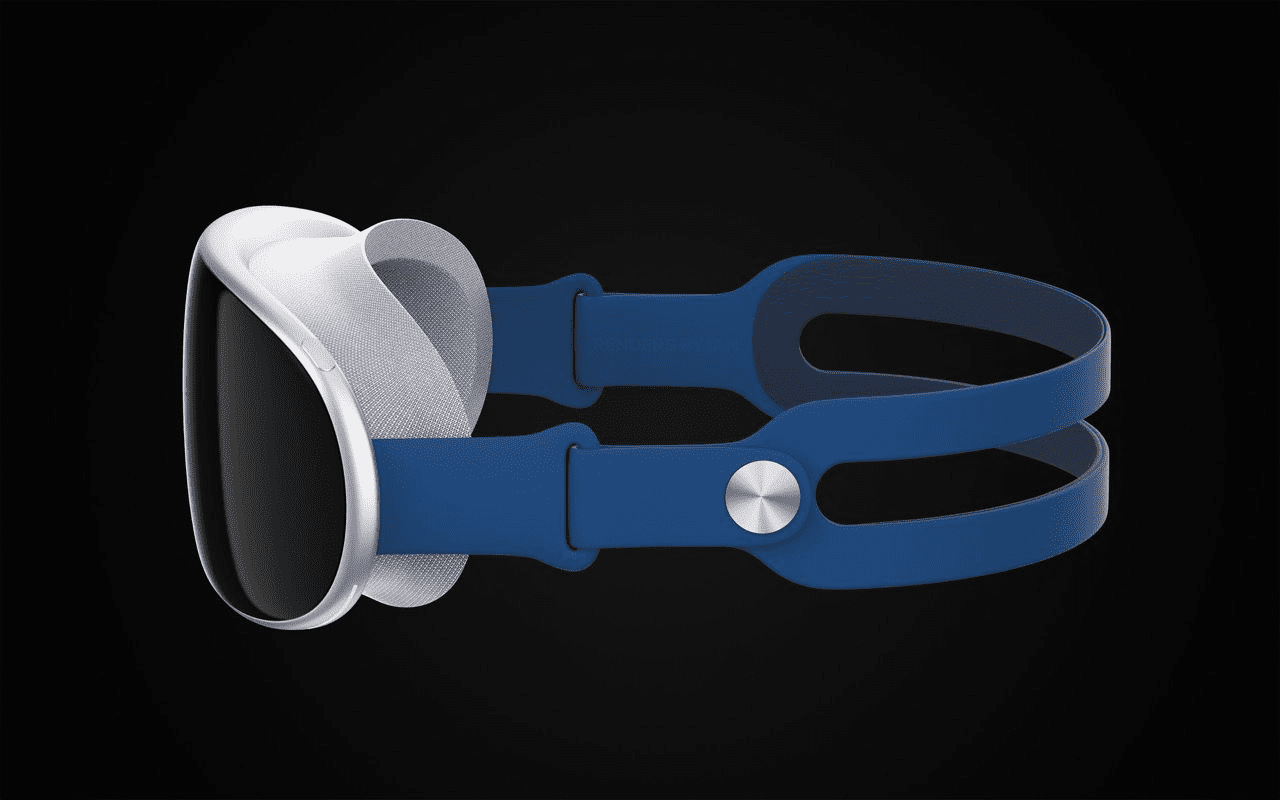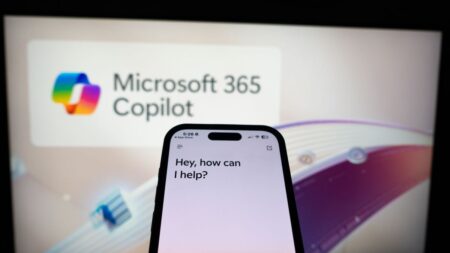Right now, tech industry giants all have the burning desire to spearhead the next computing platform revolution of augmented reality (AR) headsets. The race to do so in this decade will look similar to the personal computing revolution and the mobile phone revolution, with billions being poured and heads being scratched in companies all struggling to stay afloat in an ever-accelerating industry.
But it’s not that simple.
Developing capable AR headsets might be the most complex technological challenge we’ve ever faced. They need an ultra-high-definition display, dozens of sensors, iris-tracking capabilities, advanced computer vision, a long-lasting battery, and high-speed connectivity, all packed into a form factor more restrictive than the slimmest modern smartphones.
As a result, only the companies with hefty R&D budgets and engineering teams can participate in this race: Meta, Microsoft, Apple, and Alphabet. I’ve already covered Meta’s hardware ambitions; now it’s time to take a look at Apple.
How Will Apple Break Into the Metaverse Industry?
Even though Apple has never officially announced an XR (extended reality, including VR, AR, and MR or mixed reality) project, its track record of being the first to provide consumer-friendly devices is unlikely to stop at mobile phones and smartwatches. The company has a lot of strengths in the space already, from implementing LiDAR on iPhones to ARKit and powerful processors. IEEE Spectrum contributor Matthew Smith points out that Apple doesn’t use the term ‘Metaverse’ to avoid adding gas to the fire behind its competitor, Meta, not because it can’t build headsets or doesn’t believe in an XR dominated future.
Evidence for this is plentiful. Apple has been filing patents related to XR and the 3D techniques behind creating augmented reality experiences for decades. It has also acquired several companies working in the space, including PrimeSense in 2013, Vrvana in 2017, Akonia Holographics in 2018, and others. Not to mention the countless XR experts and engineers that have been working at Apple for years.
It’s likely that the company has a similar roadmap to that of Meta, which plans in 2023 or 2024 to release a consumer mixed reality headset that blends virtual objects in the real world by feeding camera footage into a display. Below is what The Information thinks that might look like.

Apple Trademarks realityOS For Seamless User Experience
The mention of a new operating system, realityOS, or rOS for short, has also emerged in source code from Apple and has been trademarked. Despite being a major source of speculation and conspiracy, this idea does align with Apple’s core values. Operating systems are the main connection between the hardware layer and the application layer.
Historically, Apple has always kept a tight grip on the entire UX vertical. Developing rOS is just a continuation of that. Since AR is such a different way of interacting with digital content than phones or laptops, Apple needs to create a custom OS to ensure seamless user experience.
realityOS may play a very large role in the coming years. It may be the company’s key offering if its headsets don’t work out, with application layer companies, like Meta, building their experiences on top of rOS, just as Facebook and Instagram run on iOS now.
It’s also an opportunity for Apple to erect a walled garden, forcing third-party organizations to contribute content to its own library — a Metaverse app store, if you will — all on Apple’s own terms. Since AR’s value scales quickly with added users and the best AR experiences rely on ‘multiplayer’ functionality, interoperability is key. Apple’s mission of controlling its verticals is an obstacle to maximizing it. The company may have managed in the current web, but will the same be true as the Internet shifts to three dimensions?
Will AR Boost Apple Against Competitors?
Mark Pesce from IEEE believes AR is big tech’s way of further entrenching itself against competition. Given that developing XR headsets is such a costly endeavor, he argues, “the very largest firms in technology now use their wealth as a moat. Hidden behind their castle walls, they invest and invent. Once they’re satisfied that they’ve protected themselves from forces outside laying siege, they’ll manufacture and distribute their next-level gadgets, propelling themselves to dominance in an even larger market than they already possess… The problem here is that, as these giants make the climb with AR, they will be working to pull up the ladders with them.”
Regardless, an Apple-controlled Metaverse app store is a huge opportunity for creators. Learning to create AR experiences right now is like learning how to create mobile apps before the app store came out — when it does, you’ll be primed to create the next generation of games, browsers, social media platforms, gimmicks, and tools. Additionally, unless there’s actually cool or useful applications for an expensive XR headset, people won’t want to use it.
Final Thoughts
All in all, let’s hope this doesn’t unfold like the Apple Car. Personally, I want an Apple MR or AR headset to actually come out (and be good). In his article, Pesce argues that the David-beats-Goliath pattern outlined in The Innovator’s Dilemma might finally be broken by AR, as companies of scale we’ve never seen before “buy competitors, strangle rival technologies in the crib, erect walled gardens, and practice silent sabotage.”
Nobody should be alone in this race — the more, the merrier.
Want to compete in the Metaverse? Subscribe to the My Metaverse Minute Channel:










